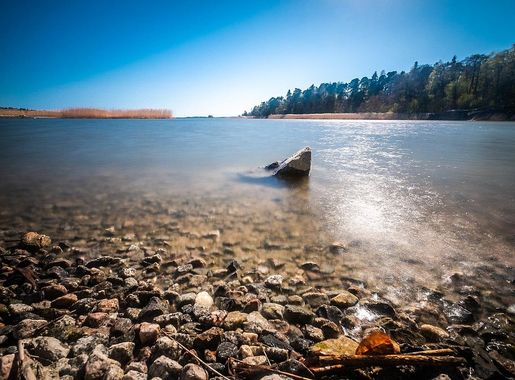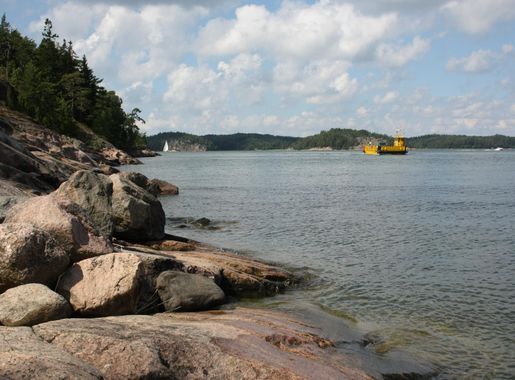
The Enchanting Archipelago Sea: Finland's Hidden Gem
Discover the Archipelago Sea in Finland: A stunning maze of islands, rich in history, culture, and natural beauty, offering endless adventures and serene escapes.
The Archipelago Sea, located in Finland's southwestern region, is a mesmerizing labyrinth of over 20,000 islands and islets. This natural wonder offers a unique blend of serene landscapes, rich history, and vibrant local culture. Whether you're an adventurer, a nature lover, or someone seeking tranquility, the Archipelago Sea has something special for everyone. Imagine sailing through clear blue waters dotted with lush green islands, each with its own charm and history. Take time to explore the quaint villages and traditional wooden houses, which offer a glimpse into Finland's past. Don't miss the opportunity to visit the old churches and lighthouses that stand as silent witnesses to the region's maritime heritage. Outdoor enthusiasts will find plenty to do, from kayaking and sailing to hiking and cycling. The well-marked trails and routes make it easy to navigate through the natural beauty of the area. The Archipelago Sea is also a haven for bird watchers, with numerous species making their home in this pristine environment. For those who enjoy culinary delights, the local seafood is a must-try. Freshly caught fish, served in charming seaside restaurants, is a highlight of any visit. Pair it with a glass of local beer or a Finnish cider for a truly authentic experience. As the sun sets, the archipelago transforms into a magical landscape, perfect for a quiet evening by the sea.
Local tips in Archipelago Sea
- Rent a bike to explore the islands at your own pace. Many islands are connected by bridges and ferries, making it easy to hop from one to another.
- Always check the ferry schedules in advance. Some routes have limited services, especially during the off-peak season.
- Pack layers of clothing as the weather can change quickly. Even in summer, evenings can be cool.
- Try the local delicacy, smoked fish. You'll find it in many small shops and restaurants throughout the archipelago.
- Consider visiting during the Midsummer Festival to experience traditional Finnish celebrations, including bonfires and folk music.
The Enchanting Archipelago Sea: Finland's Hidden Gem
The Archipelago Sea, located in Finland's southwestern region, is a mesmerizing labyrinth of over 20,000 islands and islets. This natural wonder offers a unique blend of serene landscapes, rich history, and vibrant local culture. Whether you're an adventurer, a nature lover, or someone seeking tranquility, the Archipelago Sea has something special for everyone. Imagine sailing through clear blue waters dotted with lush green islands, each with its own charm and history. Take time to explore the quaint villages and traditional wooden houses, which offer a glimpse into Finland's past. Don't miss the opportunity to visit the old churches and lighthouses that stand as silent witnesses to the region's maritime heritage. Outdoor enthusiasts will find plenty to do, from kayaking and sailing to hiking and cycling. The well-marked trails and routes make it easy to navigate through the natural beauty of the area. The Archipelago Sea is also a haven for bird watchers, with numerous species making their home in this pristine environment. For those who enjoy culinary delights, the local seafood is a must-try. Freshly caught fish, served in charming seaside restaurants, is a highlight of any visit. Pair it with a glass of local beer or a Finnish cider for a truly authentic experience. As the sun sets, the archipelago transforms into a magical landscape, perfect for a quiet evening by the sea.
When is the best time to go to Archipelago Sea?
Iconic landmarks you can’t miss
Suomenlinna
Discover the enchanting Suomenlinna Fortress: a UNESCO World Heritage site blending history, art, and stunning coastal views.
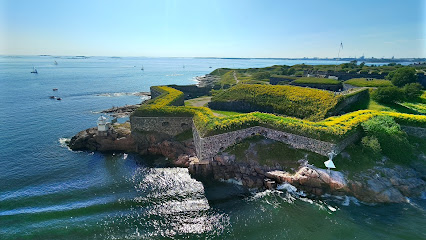
Senate Square
Discover the iconic Senate Square in Helsinki, surrounded by stunning architecture and rich history, a must-visit for every traveler.
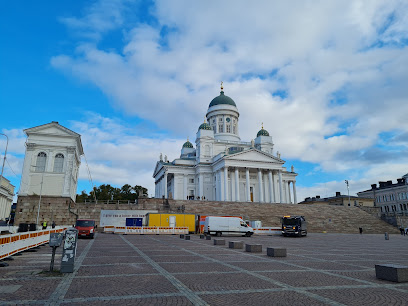
Helsinki Cathedral
Explore the Helsinki Cathedral, a stunning neoclassical masterpiece and cultural landmark set in the heart of Finland's capital city.
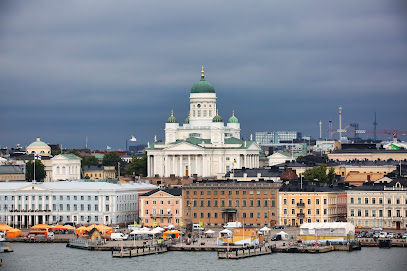
Turku Castle
Discover the historical wonders of Turku Castle, a captivating Finnish landmark that brings history to life through its stunning architecture and rich exhibitions.
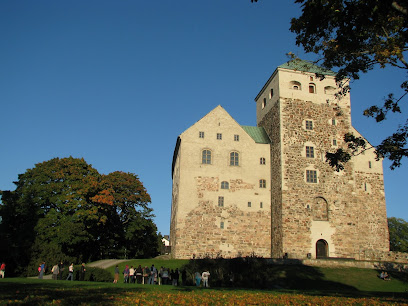
Old Rauma
Discover the historical beauty of Old Rauma, a UNESCO World Heritage Site with charming wooden architecture and rich cultural experiences.
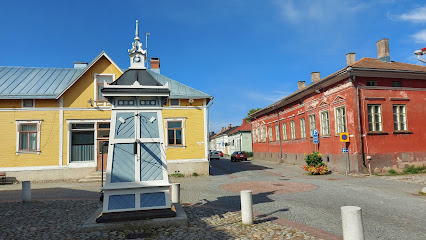
Häme Castle
Explore Häme Castle, a breathtaking medieval fortress in Finland, rich in history and stunning architecture, perfect for every tourist's itinerary.

Porvoo Old Town
Explore the enchanting streets of Porvoo Old Town, a historical gem where Finnish culture and picturesque views come together beautifully.
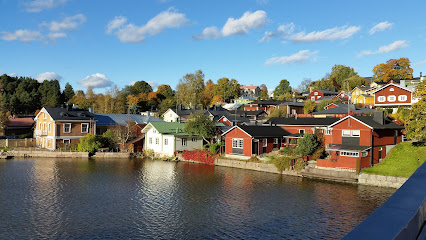
Seurasaari Open-Air Museum
Immerse yourself in Finnish culture and history at Seurasaari Open-Air Museum, a serene escape with stunning natural beauty and traditional architecture.

Maritime Museum of Finland
Explore Finland's seafaring history at the Maritime Museum of Finland in Kotka, where adventure and education meet in a captivating maritime experience.
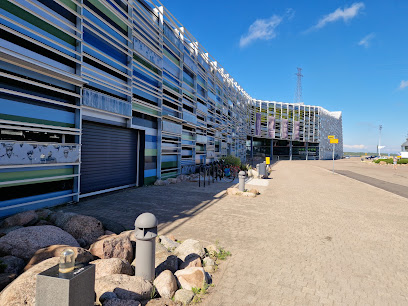
Forum Marinum
Explore Forum Marinum, a captivating maritime museum in Turku showcasing Finland's rich nautical heritage and historic vessels.
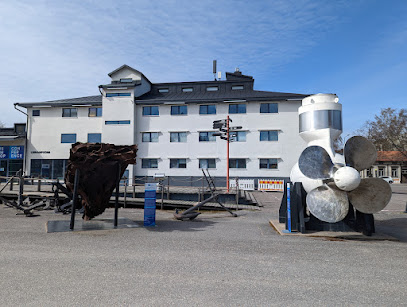
Seurasaari
Experience the serene beauty and cultural richness of Seurasaari, an idyllic island retreat in Helsinki, perfect for a day of exploration and relaxation.
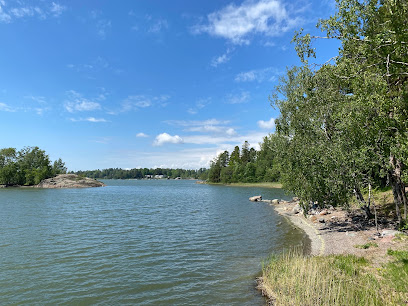
Archipelago National Park
Explore the breathtaking landscapes and rich biodiversity of Archipelago National Park, a true gem on Finland's southwest coast.
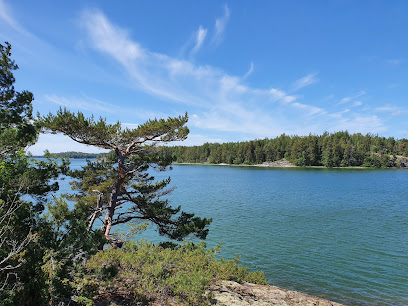
Bengtskär Lighthouse
Discover the historical charm and natural beauty of Bengtskär Lighthouse, Finland's tallest lighthouse, with its captivating views and rich maritime history.
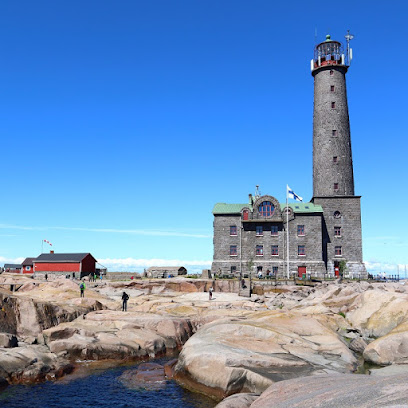
Skiffer Liuskaluoto
Discover the culinary delight of Skiffer Liuskaluoto, where artisanal pizzas and refreshing cocktails meet breathtaking views in Helsinki's stunning archipelago.
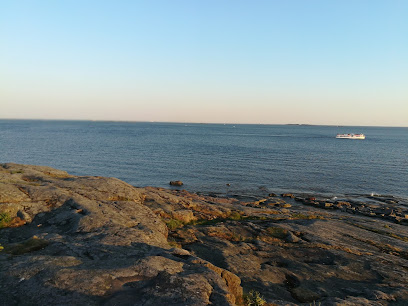
Varlaxudden Outdoor Recreation Area
Discover Varlaxudden Outdoor Recreation Area, a serene escape in Porvoo, Finland, featuring stunning views, walking trails, and outdoor activities for all ages.
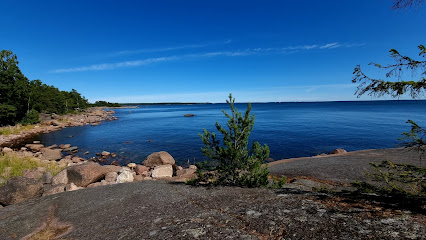
Unmissable attractions to see
Santa Claus Village
Discover the enchanting Santa Claus Village in Rovaniemi, Finland - the official home of Santa Claus and a magical theme park for all ages.
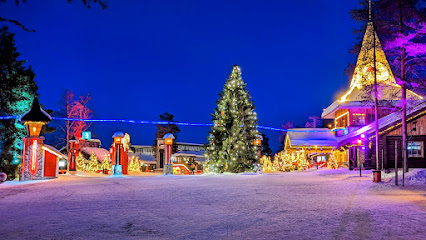
Old Rauma
Explore Old Rauma, a UNESCO World Heritage Site, known for its stunning wooden architecture and rich maritime history, perfect for culture enthusiasts.
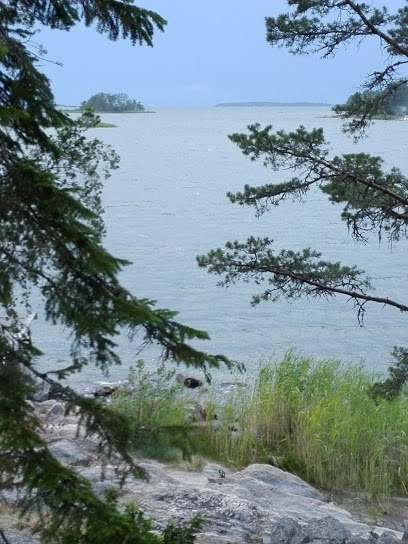
Haaga Rhododendron Park
Explore the breathtaking beauty of Haaga Rhododendron Park in Helsinki, a botanical paradise filled with vibrant blooms and serene landscapes.
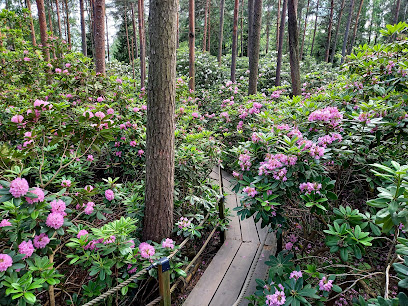
Kurjenrahka National Park
Discover the breathtaking landscapes and diverse wildlife of Kurjenrahka National Park, Finland’s serene natural escape for adventure enthusiasts.
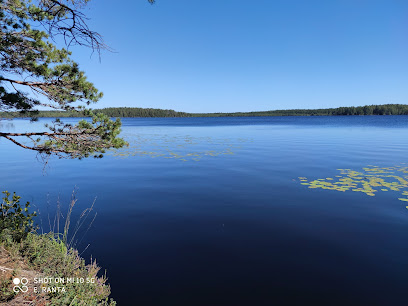
Maritime Museum of Finland
Explore the Maritime Museum of Finland in Kotka, where maritime heritage comes alive through fascinating exhibits and interactive experiences.
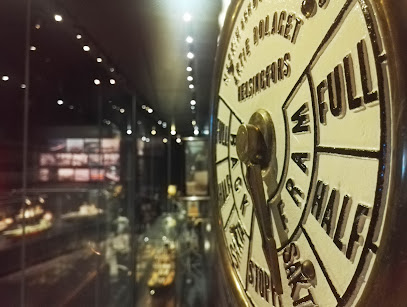
Forum Marinum
Explore the rich maritime heritage of Finland at Forum Marinum, a captivating museum in Turku showcasing historic vessels and interactive exhibits.
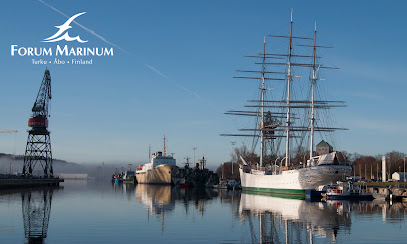
Arktikum
Explore the captivating history, culture, and wildlife of Lapland at Arktikum, a premier museum in Rovaniemi, Finland.
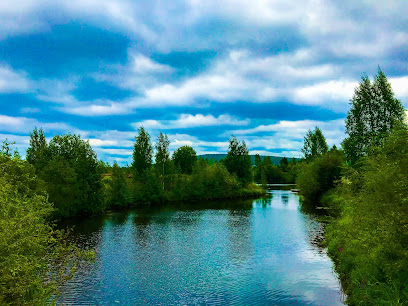
Museum ship Pommern
Discover the rich maritime history aboard the Museum Ship Pommern in Mariehamn, a unique tourist attraction in the Åland Islands.
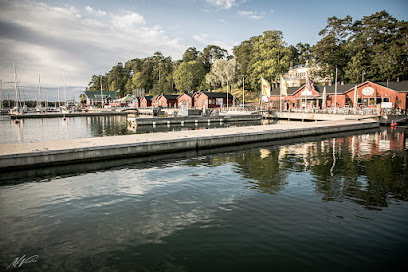
Bengtskär Lighthouse
Experience the breathtaking beauty and rich history at Bengtskär Lighthouse, Finland's southernmost gem in the stunning archipelago.
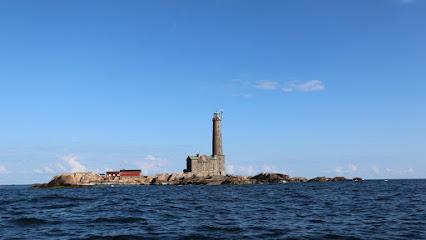
Bomarsund Fortress Area
Discover the rich history and natural beauty of Bomarsund Fortress Area in the scenic Åland Islands, a must-see attraction for all travelers.
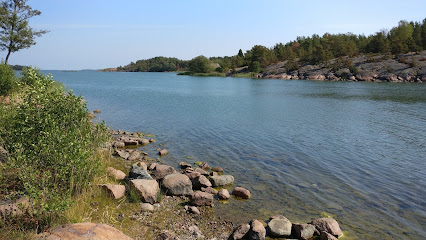
Varlaxudden Outdoor Recreation Area
Explore the serene landscapes and stunning sea views at Varlaxudden Outdoor Recreation Area in Porvoo, a perfect retreat for nature lovers and peace seekers.

Hangon vesitorni
Discover breathtaking views from Hangon Vesitorni, a historic observation tower in Hanko, Finland, that offers a unique perspective of the stunning coastal landscape.
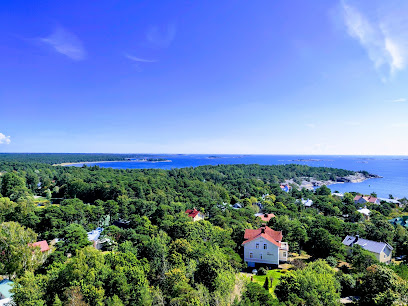
Visit Seili | Själö
Explore the captivating Seili Island, a unique blend of history, nature, and tranquility in Finland's picturesque Turku Archipelago.
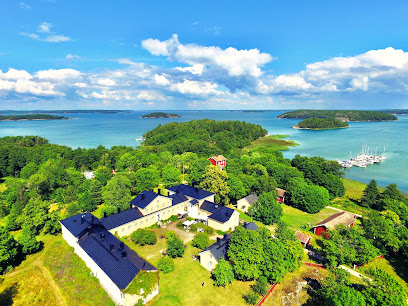
Meteoria Söderfjärden Visitor Centre
Discover the geological marvels and natural beauty at Meteoria Söderfjärden Visitor Centre in Vaasa, Finland.
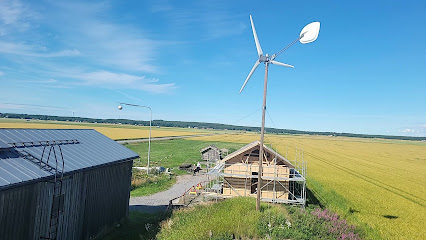
Kultaranta
Explore the elegance of Kultaranta, a historic castle and presidential retreat in Naantali, surrounded by stunning gardens and scenic waterfront views.
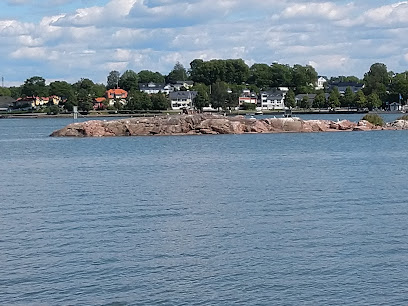
Essential places to dine
Lappi Ravintola
Savor the essence of Finland at Lappi Ravintola - an exquisite dining destination in Helsinki offering traditional Finnish flavors.
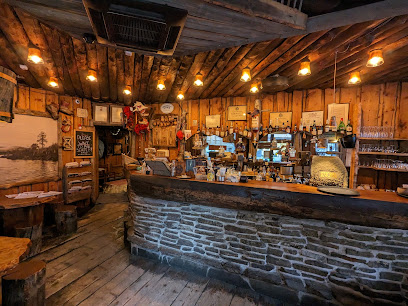
Restaurant Konstan Möljä
Savor the authentic taste of Finland at Restaurant Konstan Möljä - where tradition meets culinary excellence in Helsinki.
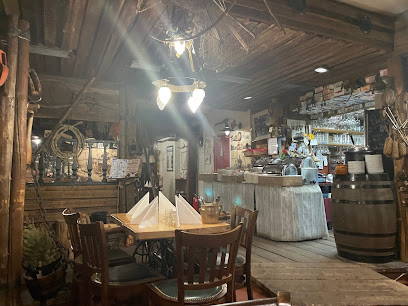
Restaurant Sea Horse
Experience authentic Finnish cuisine at Restaurant Sea Horse in Helsinki - where fresh seafood meets tradition in a cozy atmosphere.
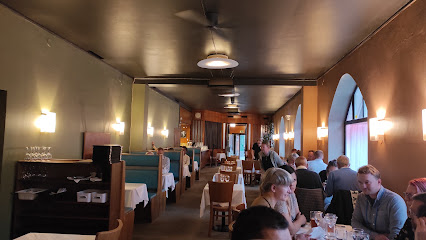
Restaurant Meripaviljonki
Experience exquisite seafood dining at Restaurant Meripaviljonki—Helsinki’s floating culinary gem with stunning waterfront views.
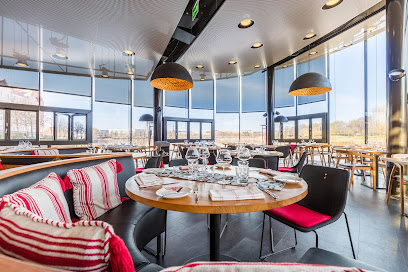
Restaurant Merimakasiini
Experience authentic Finnish seafood cuisine with breathtaking harbor views at Restaurant Merimakasiini in Helsinki.
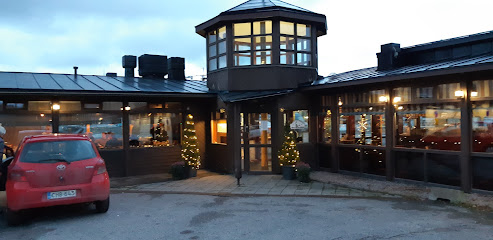
Ravintola Nokka
Discover the essence of Finnish culinary tradition at Ravintola Nokka with locally sourced ingredients and stunning waterfront views.
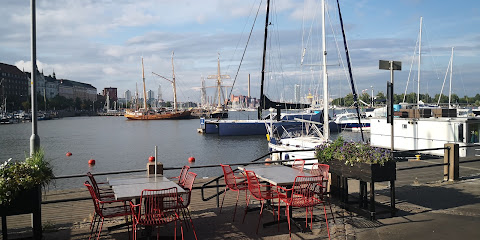
Baskeri & Basso
Experience the vibrant flavors of Finland at Baskeri & Basso - where culinary tradition meets modern dining in the heart of Helsinki.
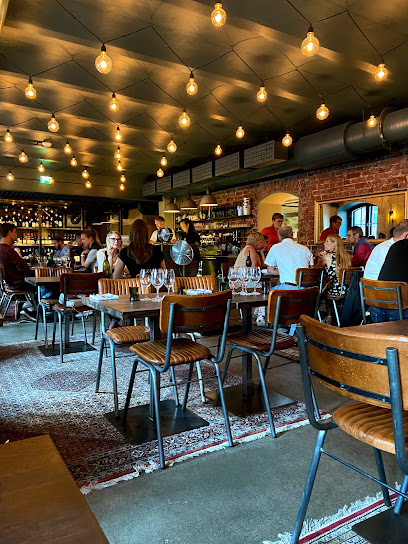
Restaurant Kaskis
Discover exquisite Finnish cuisine at Restaurant Kaskis in Turku - where tradition meets innovation in fine dining.
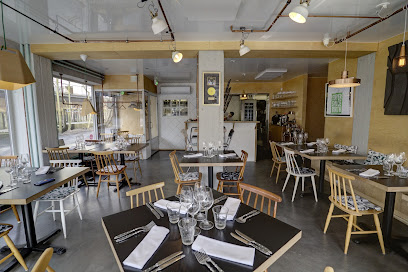
Savoy
Discover Savoy, where exquisite Finnish cuisine meets breathtaking views in Helsinki's fine dining scene.
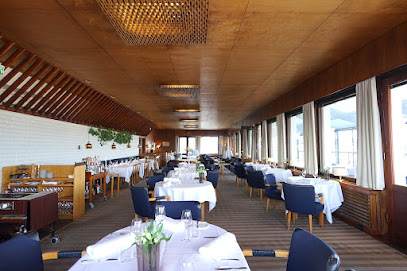
Finnjävel Salonki
Experience the essence of Finland at Finnjävel Salonki, where traditional flavors meet modern culinary artistry in an elegant setting.
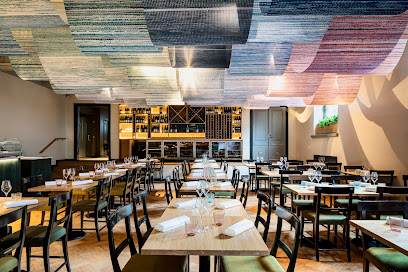
Finlandia Caviar Shop & Restaurant
Experience the finest seafood and premium caviar in an elegant setting at Finlandia Caviar Shop & Restaurant in Helsinki.
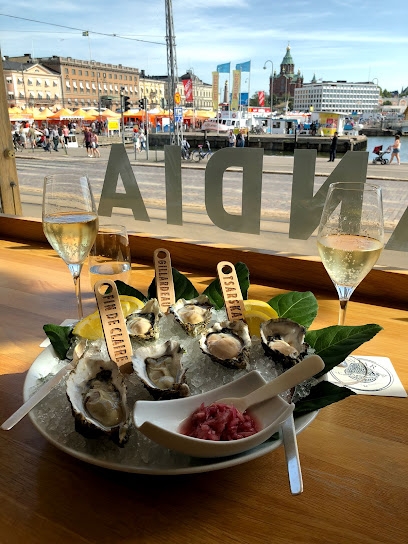
Ravintola Vinkkeli
Discover culinary excellence at Ravintola Vinkkeli – a premier European and Scandinavian restaurant in Helsinki offering exquisite dishes in an elegant setting.

Restaurant Olo
Experience Michelin-starred Scandinavian dining at Restaurant Olo in Helsinki, where local flavors meet innovative culinary artistry.
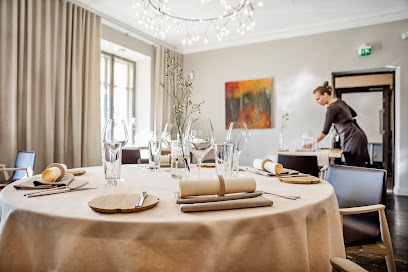
Restaurant Saaga
Experience authentic Finnish cuisine at Restaurant Saaga - where tradition meets modern culinary excellence in the heart of Helsinki.
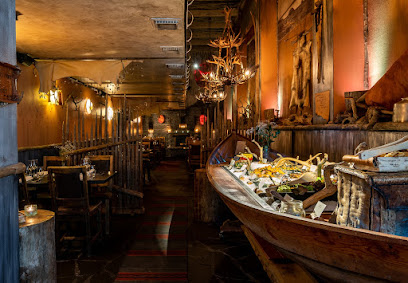
Köpmans Café & Restaurant, Bed & Breakfast
Discover delightful dining and charming accommodations at Köpmans Café & Restaurant in Nagu – your perfect escape into Finnish culinary culture.
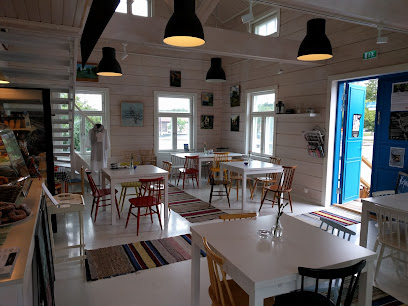
Markets, malls and hidden boutiques
Kamppi Helsinki
Explore Kamppi Helsinki, a vibrant shopping mall offering a diverse mix of shops, cafes, and relaxation spots in the heart of the city.
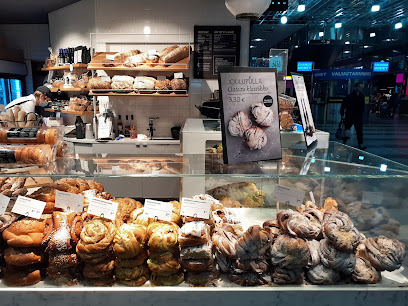
Forum
Explore the Forum Shopping Mall in Helsinki for a vibrant shopping, dining, and entertainment experience in the heart of the city.
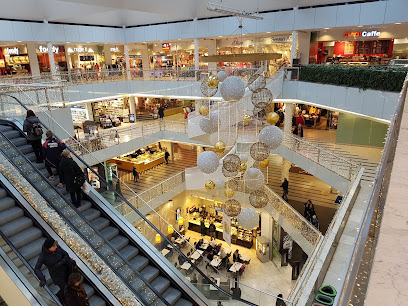
Mall of Tripla
Explore Mall of Tripla, Helsinki's premier shopping mall, featuring diverse stores, delicious dining options, and exciting entertainment for all ages.
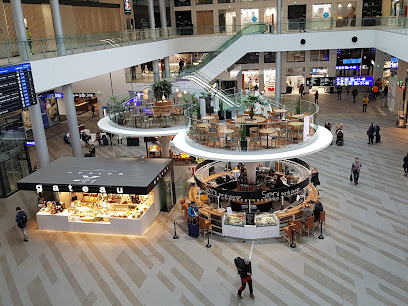
Shopping Centre Revontuli
Explore Shopping Centre Revontuli in Rovaniemi for a delightful shopping experience filled with diverse shops, delicious dining, and family-friendly entertainment.
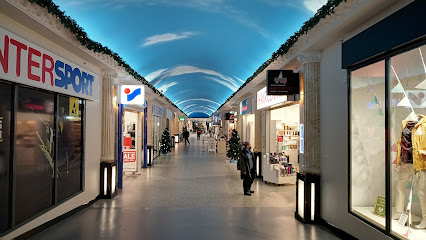
Kämp Galleria
Discover Kämp Galleria in Helsinki: A vibrant shopping mall featuring fashion, dining, and cultural experiences all in one place.
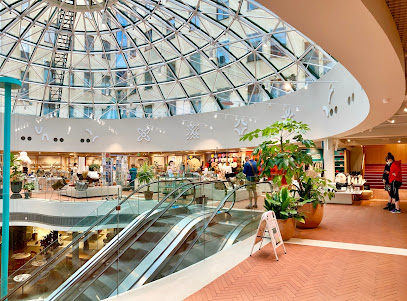
Old Market Hall
Explore the Old Market Hall: A Culinary Gem in Helsinki with Fresh Produce, Local Delicacies, and Artisanal Crafts.

Finnish Design Shop
Explore the essence of Finnish craftsmanship at the Finnish Design Shop, where contemporary design meets timeless elegance in Turku.

Marimekko Outlet Herttoniemi
Explore unique Finnish fashion and home decor at Marimekko Outlet Herttoniemi, where creativity meets quality in every vibrant piece.
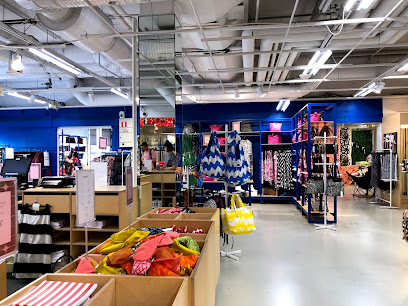
Benitas Café
Experience the charm of Benitas Café, your perfect coffee retreat in the heart of the Finnish archipelago, offering delicious local cuisine and stunning views.
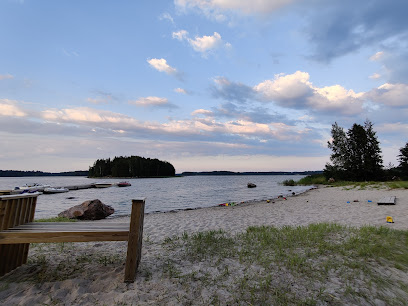
Archipelago Centre
Explore the Archipelago Centre: A unique blend of nature, culture, and local craftsmanship in Finland's stunning archipelago.
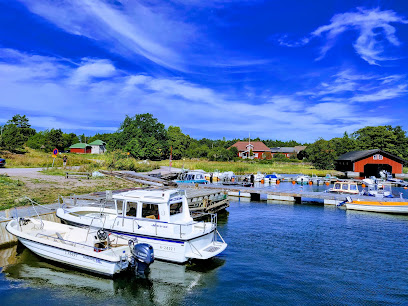
Christmas House Shopping
Discover the magic of Rovaniemi at Christmas House Shopping – your go-to destination for unique Finnish souvenirs and holiday treasures!

Sandis saaristokauppa ja -kahvila
Experience the warmth of Finnish hospitality at Sandis Saaristokauppa ja -Kahvila, where local flavors and charming ambiance await.
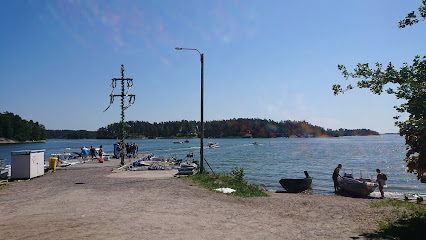
Heureka Shop
Discover a world of quirky gifts and unique souvenirs at Heureka Shop in Helsinki - a perfect stop for memorable keepsakes and fun finds.
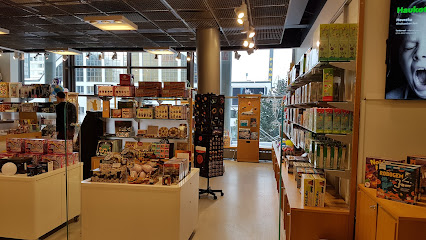
Makia Flagship Store Helsinki
Explore Finnish fashion at the Makia Flagship Store in Helsinki, where modern design meets sustainable style in a vibrant shopping atmosphere.

Anne´s Shop (Annensoppi)
Discover unique Finnish souvenirs and local delicacies at Anne's Shop in Helsinki, the perfect destination for memorable keepsakes.
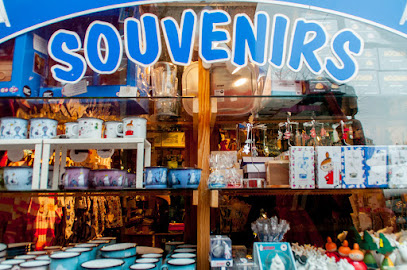
Essential bars & hidden hideouts
The Riff
Experience nightlife at The Riff, a vibrant bar in Helsinki known for its extensive drinks menu and unique metal-themed ambiance.
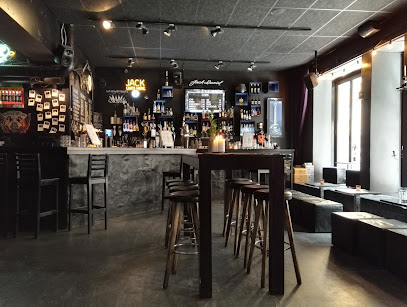
Bar Loose
Experience the heart of Helsinki's nightlife at Bar Loose, where live music meets delectable cuisine in a vibrant atmosphere.
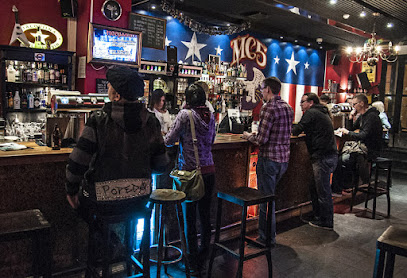
Beer Restaurant Villi Wäinö
Experience the lively spirit of Helsinki at Beer Restaurant Villi Wäinö, where exceptional brews meet an unforgettable nightlife atmosphere.
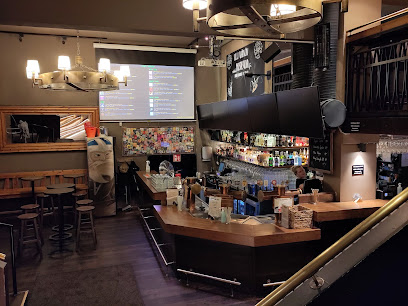
Ateljee Bar
Discover the breathtaking views and exquisite cocktails at Ateljee Bar, a luxurious rooftop bar in Helsinki, perfect for any occasion.
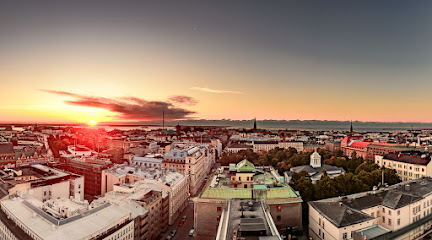
Liberty or Death
Experience the innovative cocktail culture of Helsinki at Liberty or Death, where every drink tells a story.
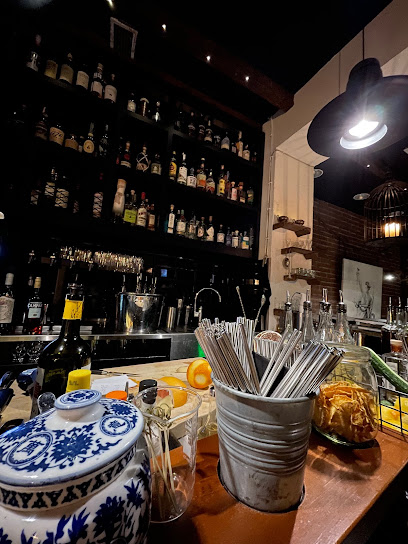
St. Urho's Pub
Experience authentic Finnish hospitality at St. Urho's Pub, a lively pub in Helsinki with a charming beer garden and a rich selection of brews.
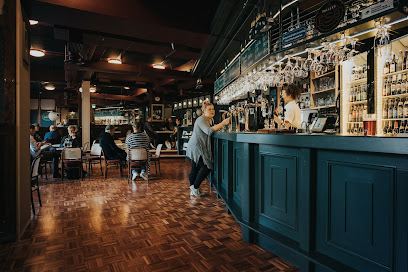
Skärgårdsbaren - Saaristobaari
Discover the lively atmosphere and local flavors at Skärgårdsbaren - Saaristobaari, a perfect spot for tourists in Turku.
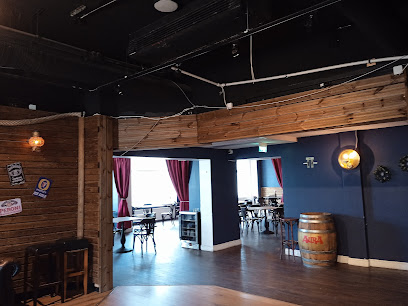
Base Bar
Discover the lively Base Bar in Helsinki, where great drinks and a vibrant atmosphere converge for an unforgettable night out.
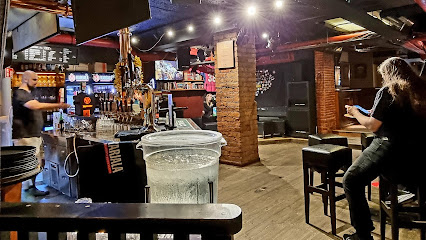
Kultainen Kulaus
Discover the lively Kultainen Kulaus pub in Seinäjoki, where local culture meets a vibrant atmosphere and diverse beverage selection.

Tommyknocker Craft Beer Bar
Discover Helsinki's vibrant craft beer culture at Tommyknocker, where local brews and a lively atmosphere create unforgettable experiences.
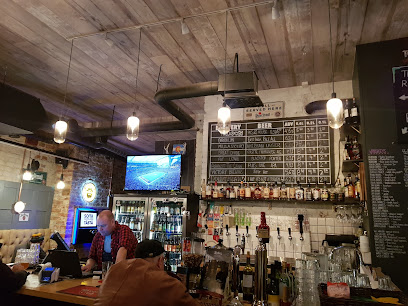
Holiday Bar
Enjoy a vibrant cocktail experience at Holiday Bar, Helsinki's premier waterfront destination for food, drinks, and stunning views.
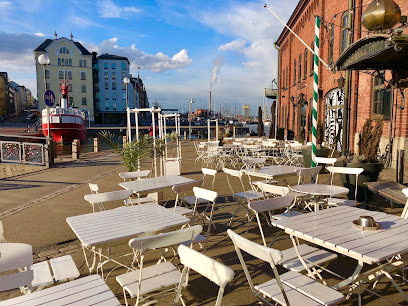
Cocktail Bar Kliffa & Klubi
Experience the lively atmosphere and creative cocktails at Cocktail Bar Kliffa & Klubi, the heart of Porvoo’s nightlife scene.
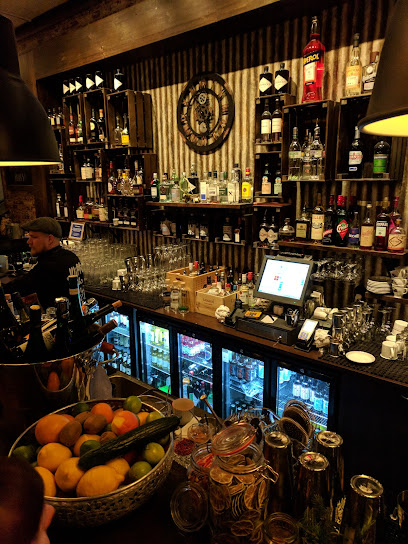
Pub Sirdie
Discover the lively Pub Sirdie in Helsinki, a bar that offers a perfect blend of local charm and international flavors in a cozy atmosphere.
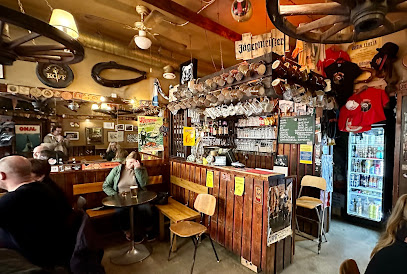
Rumpan Bar/Jennys Strandbod
Experience the charm of Rumpan Bar/Jennys Strandbod, where great drinks meet breathtaking views in the heart of the Finnish archipelago.
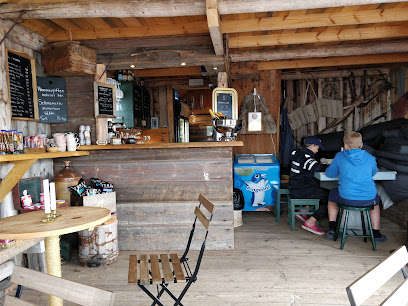
Bar Llamas
Experience the vibrant nightlife of Helsinki at Bar Llamas, where creative cocktails and a lively atmosphere await every visitor.
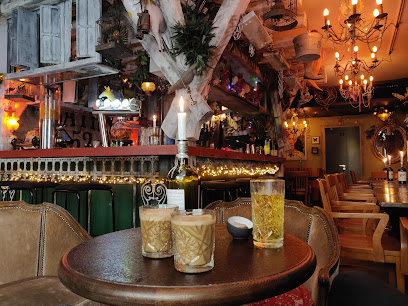
Local Phrases about Archipelago Sea
-
- HelloMoi
[moy] - GoodbyeNäkemiin
[nah-keh-meen] - YesKyllä
[kuu-laa] - NoEi
[ay] - Please/You're welcomeOle hyvä
[oh-leh huu-vaa] - Thank youKiitos
[kee-tohs] - Excuse me/SorryAnteeksi
[ahn-teh-ehk-see] - How are you?Mitä kuuluu?
[mee-taa koo-loo-oo] - Fine. And you?Hyvää. Entä sinä?
[huu-vaa en-taa see-naa] - Do you speak English?Puhutko englantia?
[poo-hoot-koh eng-lahn-tee-ah] - I don't understandEn ymmärrä
[en um-maar-raa]
- HelloMoi
-
- I'd like to see the menu, pleaseSaisinko ruokalistan, kiitos
[sai-sin-koh ruo-ka-lis-tahn, kee-tohs] - I don't eat meatEn syö lihaa
[en syo lih-haa] - Cheers!Kippis!
[kip-pis] - I would like to pay, pleaseHaluaisin maksaa, kiitos
[ha-lu-ai-sin mahk-saa, kee-tohs]
- I'd like to see the menu, pleaseSaisinko ruokalistan, kiitos
-
- Help!Apua!
[ah-pua] - Go away!Mene pois!
[meh-neh poys] - Call the Police!Soita poliisille!
[soi-tah poh-lee-see-leh] - Call a doctor!Soita lääkärille!
[soi-tah la-ah-ka-ri-leh] - I'm lostOlen eksyksissä
[oh-len ek-syksis-sa] - I'm illOlen sairas
[oh-len sai-ras]
- Help!Apua!
-
- I'd like to buy...Haluaisin ostaa...
[ha-lu-ai-sin os-taa] - I'm just lookingKatson vain
[kaat-sohn vain] - How much is it?Paljonko se maksaa?
[pal-yon-koh seh mahk-saa] - That's too expensiveSe on liian kallis
[se on lii-an kal-lis] - Can you lower the price?Voitko laskea hintaa?
[voi-t-koh las-kehaa hin-taa]
- I'd like to buy...Haluaisin ostaa...
-
- What time is it?Paljonko kello on?
[pal-yon-koh kel-lo on] - It's one o'clockKello on yksi
[kel-lo on yk-see] - Half past (10)Puoli (10)
[pwo-li (10)] - MorningAamu
[ah-moo] - AfternoonIltapäivä
[il-tah-pai-vaa] - EveningIlta
[il-ta] - YesterdayEilen
[ei-len] - TodayTänään
[ta-nan] - TomorrowHuomenna
[huo-men-na] - 1Yksi
[yk-see] - 2Kaksi
[kaak-see] - 3Kolme
[kol-meh] - 4Neljä
[nel-ya] - 5Viisi
[vee-see] - 6Kuusi
[koo-see] - 7Seitsemän
[sait-seh-man] - 8Kahdeksan
[ka-dek-san] - 9Yhdeksän
[uh-dek-san] - 10Kymmenen
[kuum-meh-nen]
- What time is it?Paljonko kello on?
-
- Where's a/the...?Missä on...
[mis-sa on] - What's the address?Mikä on osoite?
[mik-ka on osoi-te] - Can you show me (on the map)?Voitko näyttää minulle (kartalla)?
[voi-t-koh nay-ttaa mi-nul-le (kar-tal-la)] - When's the next (bus)?Milloin on seuraava (bussi)?
[mil-loin on se-ura-ah-vaa (bus-see)] - A ticket (to ....)Lippu (...)
[lip-pu]
- Where's a/the...?Missä on...
History of Archipelago Sea
-
The Archipelago Sea, located between the Gulf of Bothnia and the Gulf of Finland, is a unique geographical formation consisting of over 40,000 islands and skerries. It was formed during the last Ice Age, as glaciers retreated and left behind a labyrinthine network of islands, islets, and rocky outcrops. This natural wonder has been a crossroads for various cultures and civilizations for thousands of years.
-
During the Viking Age (circa 800-1050 AD), the Archipelago Sea was an important maritime route for Norse explorers, traders, and warriors. Archaeological findings, such as burial mounds and ancient artifacts, indicate that the islands were inhabited by seafaring communities. These early settlers relied on fishing, hunting, and trading to sustain themselves, and their legacy is still evident in the region's cultural landscape.
-
From the late Middle Ages until the early 19th century, the Archipelago Sea was under Swedish control. During this period, the islands played a crucial role in Sweden's defense strategy and maritime trade. The construction of fortresses, such as the Bomarsund Fortress on Åland and the fortress of Suomenlinna near Helsinki, underscored the strategic importance of the region. Swedish influence is still visible today in the local language, culture, and architecture.
-
In 1809, Finland, along with the Archipelago Sea, was ceded to the Russian Empire following the Finnish War. This marked the beginning of the Grand Duchy of Finland, an autonomous part of the Russian Empire. The city of Turku, located at the northern edge of the Archipelago Sea, was the capital of Finland until 1812. In 1827, a devastating fire swept through Turku, leading to significant rebuilding efforts and the eventual relocation of the capital to Helsinki.
-
The Åland Islands, a significant part of the Archipelago Sea, have a distinct cultural and political status. Following World War I, the Åland Islands sought to reunite with Sweden, but the League of Nations intervened, granting the islands autonomy within Finland in 1921. Today, Åland enjoys a high degree of self-governance, with its own parliament and official language (Swedish), while remaining part of Finland.
-
During World War II, the Archipelago Sea was a strategic area, with both Finnish and German forces using the islands for military operations. The region saw naval battles, mine-laying activities, and the construction of coastal defense installations. The Continuation War (1941-1944) between Finland and the Soviet Union further highlighted the strategic importance of the Archipelago Sea in protecting Finland's western front.
-
In the contemporary era, the Archipelago Sea is celebrated for its natural beauty, cultural heritage, and sustainable tourism. The region's unique ecosystem is protected by several conservation programs, and the Archipelago Sea Biosphere Reserve, established in 1994, aims to balance human activity with environmental preservation. The area's rich history, from ancient settlements to modern autonomy, continues to attract visitors from around the world.
Archipelago Sea Essentials
-
The Archipelago Sea is located off the southwestern coast of Finland, between the Gulf of Bothnia and the Gulf of Finland. The nearest major cities with international airports are Turku and Helsinki. From Turku, you can take a ferry or a bus to various islands within the archipelago. The Turku Archipelago Trail is a popular route that connects many of the islands via bridges and ferries. From Helsinki, you can take a train or bus to Turku and then proceed to the archipelago.
-
Transportation within the Archipelago Sea is mainly through ferries, boats, and bridges. The ferries are well-connected and frequent, making it easy to hop between islands. Bicycling is a popular mode of transport among locals and tourists alike due to the scenic routes. Car rentals are also available, but keep in mind that some of the smaller islands are car-free zones. Public buses operate in the larger islands and connect to ferry terminals.
-
The official currency in Finland is the Euro (EUR). Credit cards are widely accepted in hotels, restaurants, and shops throughout the archipelago. However, it's advisable to carry some cash, especially when visiting smaller islands or more remote areas where card facilities may be limited. ATMs are available in the larger islands, but it’s wise to withdraw sufficient cash before setting out.
-
The Archipelago Sea is generally a very safe destination for tourists. Crime rates are low, and there are no specific areas or neighborhoods with high crime rates targeting tourists. However, standard precautions should still be taken: avoid leaving valuables unattended and be aware of your surroundings, especially in crowded areas or during major events.
-
In case of emergency, dial 112 for immediate assistance, which is the emergency number for police, fire, and medical services in Finland. Medical facilities are available in the larger islands such as Nagu and Parainen. It is recommended to have travel insurance that covers medical emergencies. For minor health issues, pharmacies are available in the larger islands.
-
Fashion: Do dress in layers; the weather can change rapidly. Waterproof clothing is essential. Avoid overly formal attire; casual is the norm. Religion: Do respect local customs and traditions, especially in historical churches and chapels. Public Transport: Do be punctual; Finnish transport runs on time. Don’t be loud or disruptive. Greetings: Do greet people with a handshake. A simple 'Hei' (Hi) or 'Moi' (Hello) is sufficient. Eating & Drinking: Do try local delicacies like fish dishes and rye bread. Don’t refuse an offer of coffee; it’s a big part of Finnish culture.
-
To experience the Archipelago Sea like a local, consider renting a cottage or a cabin for a more authentic stay. Participate in local events and festivals, often held in summer, to engage with the community. Visit local markets for fresh produce and handmade crafts. Don't miss the opportunity to take a sauna, a quintessential Finnish experience. Engage with locals; they are often friendly and willing to share stories about their islands. Kayaking and sailing are popular and offer a unique perspective of the archipelago.
Trending Landmarks in Archipelago Sea
Nearby Cities to Archipelago Sea
-
Things To Do in Kärdla
-
Things To Do in Haapsalu
-
Things To Do in Espoo
-
Things To Do in Tallinn
-
Things To Do in Helsinki
-
Things To Do in Kuressaare
-
Things To Do in Rapla
-
Things To Do in Tampere
-
Things To Do in Porvoo
-
Things To Do in Stockholm
-
Things To Do in Pärnu
-
Things To Do in Uppsala
-
Things To Do in Paide
-
Things To Do in Lahti
-
Things To Do in Rakvere






